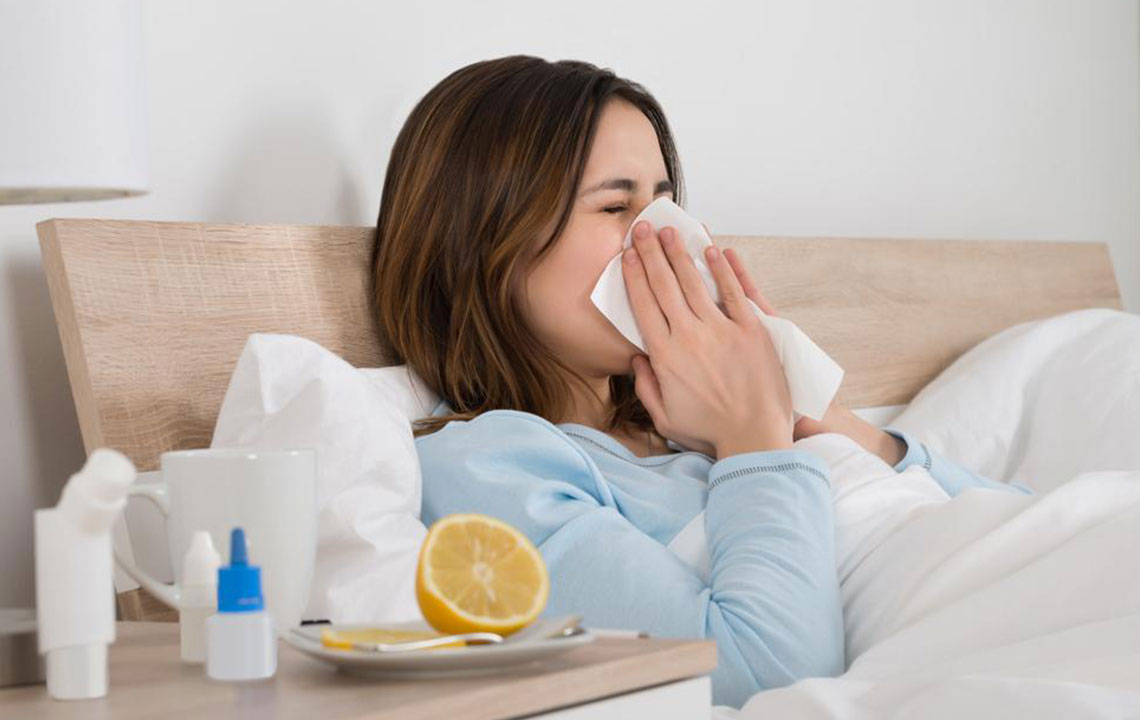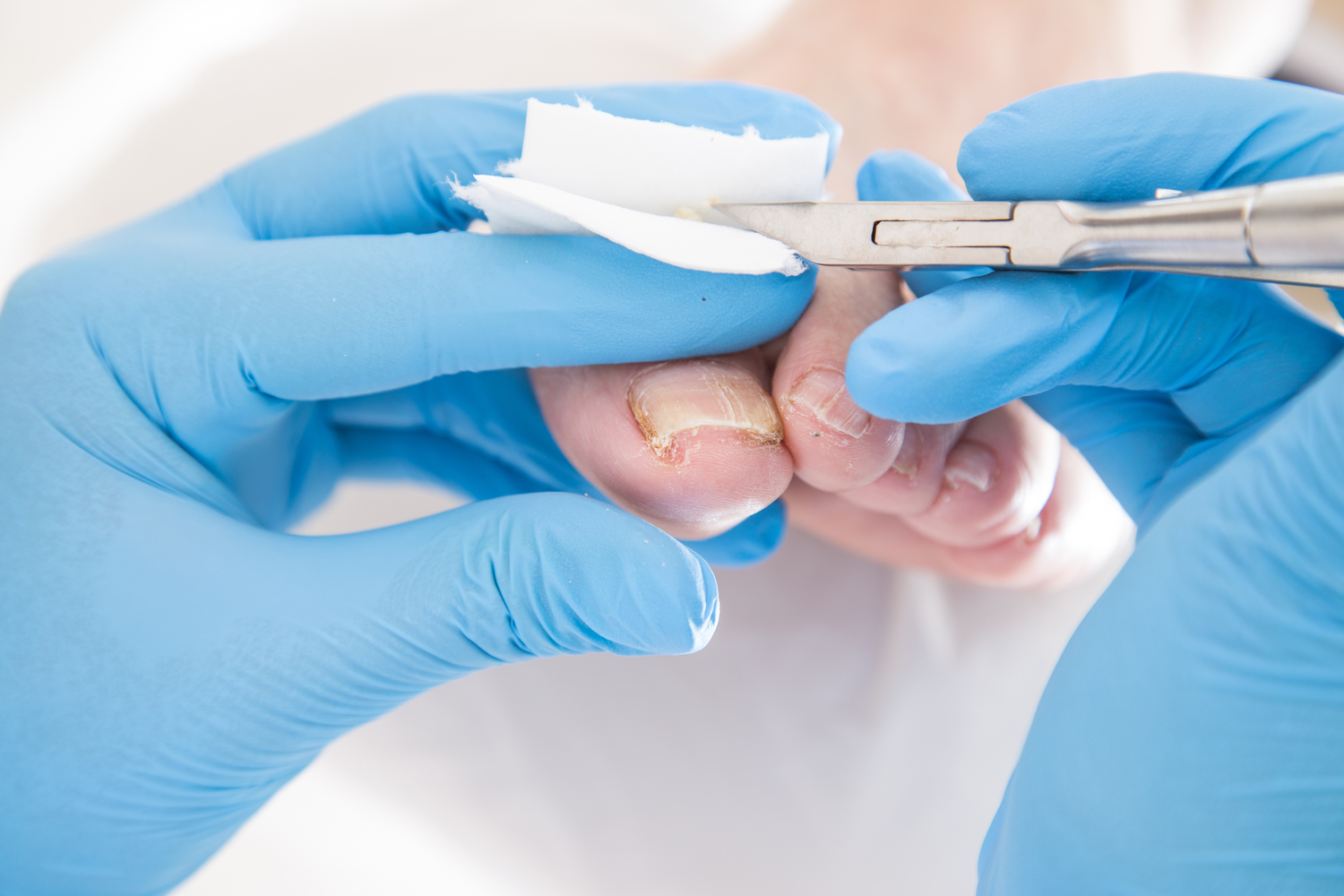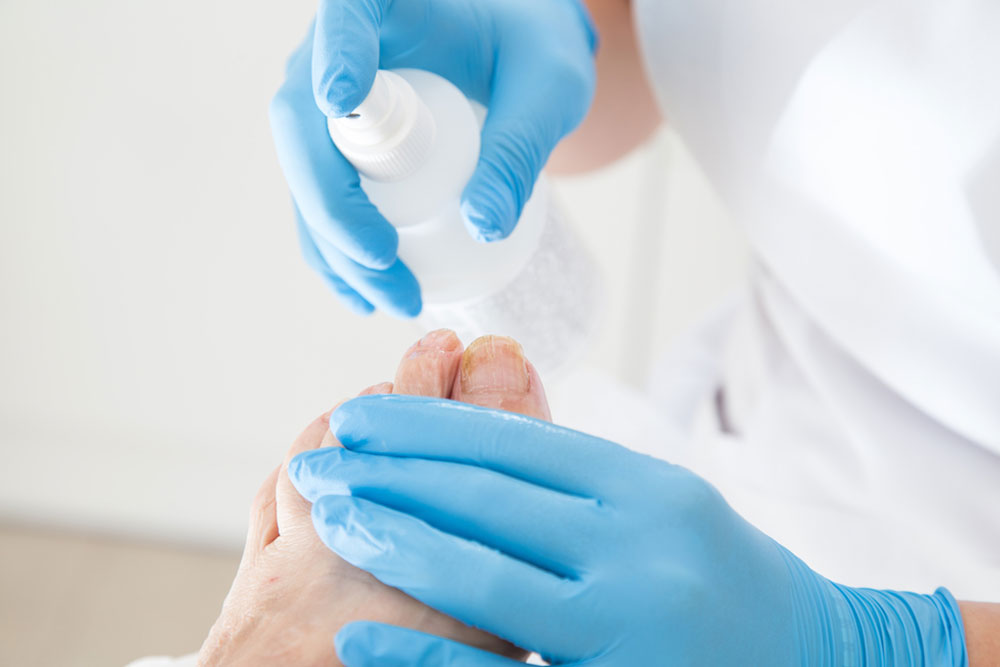Understanding Yeast Infections: Causes and Prevention
This article provides an overview of common yeast infections, their causes, affected areas, and preventive measures. It emphasizes maintaining hygiene, using appropriate medications, and understanding risk factors. The content serves as a helpful guide for those experiencing or concerned about yeast infections, highlighting the importance of consulting healthcare professionals for proper treatment.

Understanding Yeast Infections: Causes and Prevention
Prolonged moisture on the skin increases the risk of yeast infections. When the immune system weakens or cannot combat the fungi efficiently, infections can develop. Individuals with diabetes or compromised immunity are especially vulnerable. Healthcare providers often recommend potent medications combined with topical creams to treat these infections.
Common sites and solutions
Below are common areas affected by yeast infections and their treatments:
Fungal infections frequently occur in skin folds. Applying miconazole cream can be effective, but larger areas may require prescription drugs.
Feet sweat and stay moist, creating a breeding ground for yeast. Keeping feet dry and clean can prevent infections, with over-the-counter antifungal creams offering relief.
Infants may develop thrush from milk residue if they haven't learned to swallow properly. Oral medication prescribed by doctors is necessary for treatment.
Breastfeeding mothers may experience yeast infections under the breasts or in the mouth of their babies, especially in moist, warm conditions. Maintaining dryness and hygiene, avoiding sweaty sports bras, and applying antifungal creams can help.
Immunocompromised patients, such as those undergoing chemotherapy or with autoimmune disorders, are prone to throat yeast infections.
Vaginal yeast infections can result from poor hygiene, especially if fecal matter contacts the genital area. Using topical treatments like Monistat for 3-7 days can eradicate the infection.
Women taking broad-spectrum antibiotics are at increased risk since antibiotics disrupt normal bacterial flora, facilitating yeast overgrowth. Taking fluconazole during and after antibiotic therapy can prevent infections.
Yeast infections are not sexually transmitted, though they can be transmitted through hygiene lapses.
Important Notice:
The information provided about symptoms, treatments, and health risks is for general understanding only. It should not replace professional medical advice. Always consult qualified healthcare providers for diagnosis and treatment decisions.










